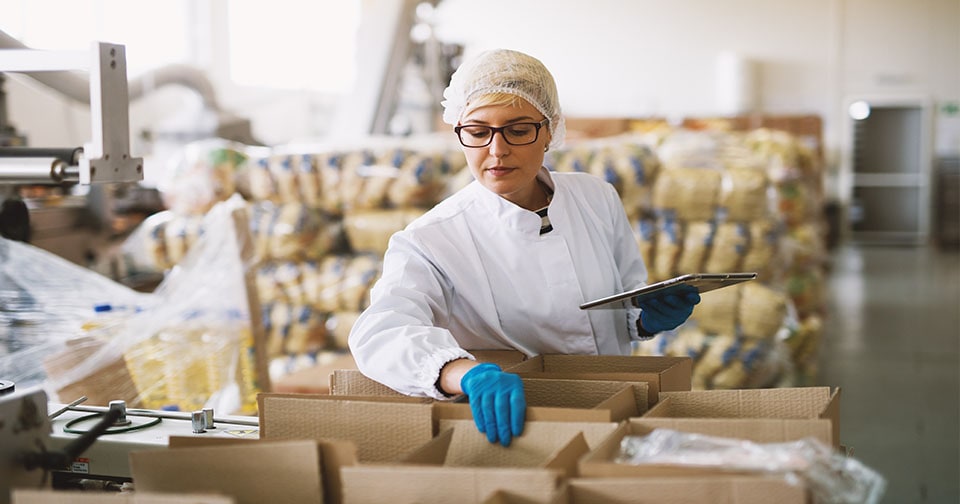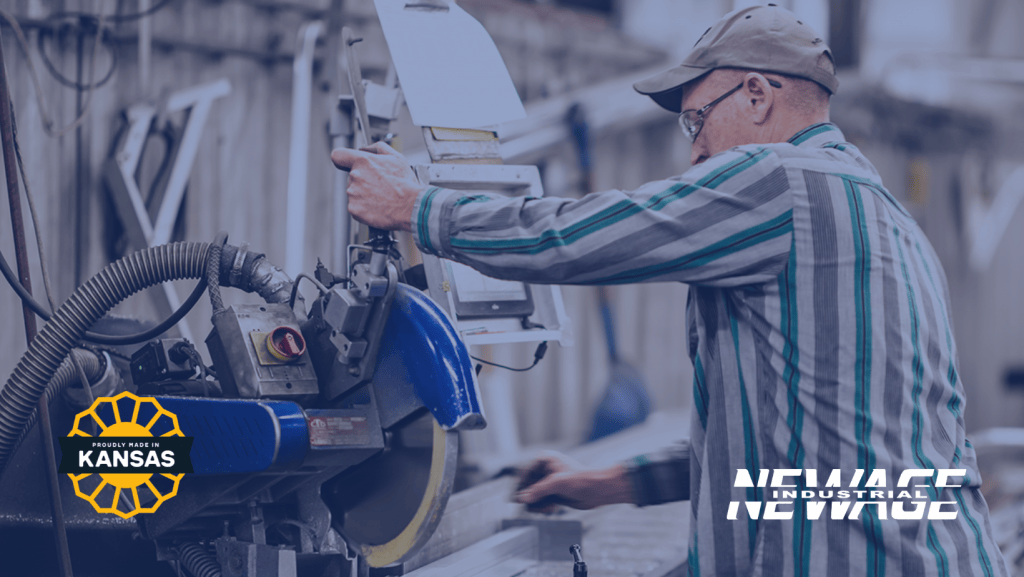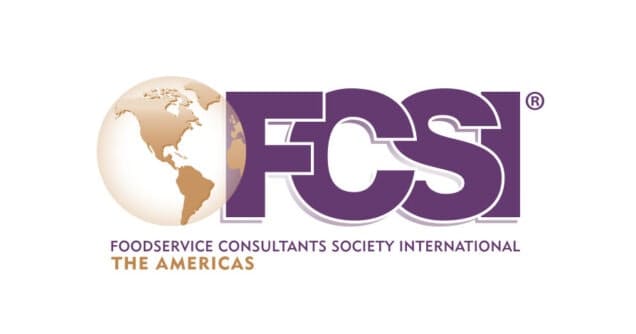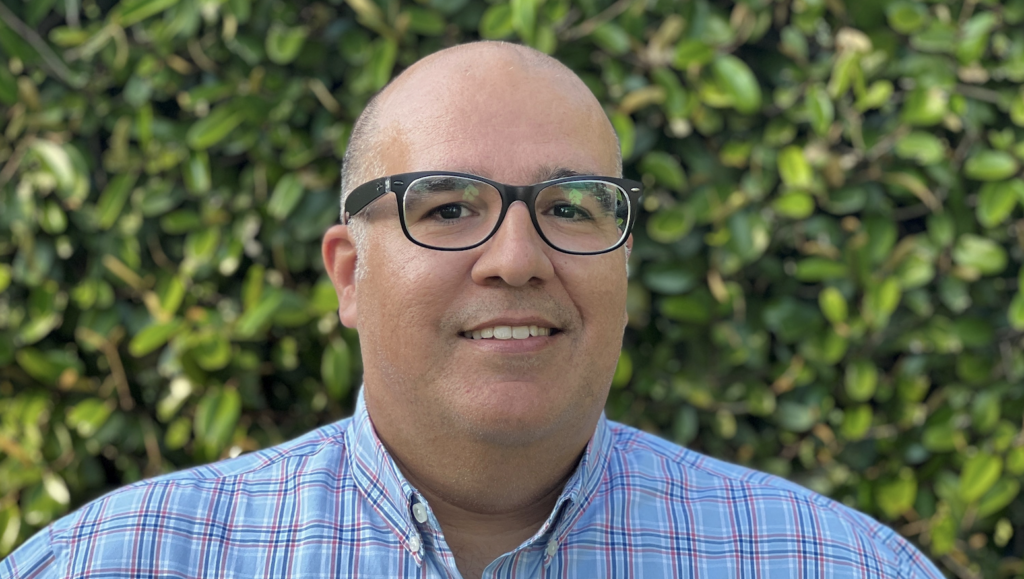
The biggest concern of any restaurant operator, other than good reviews, is food safety. The issue with food safety is that there are potentially dozens of steps from farm to table and when problems arise it can be hard to pinpoint the culprit. Each party on the supply chain needs to trust each other, which means sharing information. Getting everyone on the same page in an agreed-upon way is the crux of this problem, but one that many think can be resolved with a compelling new technology called blockchain.
Blockchain is the underlying architecture of bitcoin. It is a shared, decentralized database that creates permanent, traceable entries along the entire lifecycle of a product. In bitcoin that product is money. In the food system, blockchain enables a secure, digital log for every ingredient sold and distributed along our supply chain. Because food safety is often linked to fresh foods, let’s start there.
Two years ago, IBM began discussions with Walmart regarding ways it could help the retail giant. Supply chain was where they focused, in part because the retailer was moving into China, a country that has had more than its fair share of food recalls. IBM suggested they try blockchain using a proprietary system it co-developed called the Hyperledger project. Frank Yiannas, vice president of food safety at Walmart, agreed. The first pilot traced packages of pork, Asia’s number one protein.
Instead of messy paperwork, archaic faxes and misplaced spreadsheets, each moment meat changed hands, key metrics were recorded digitally – from producers to processors, distributors to grocers, and finally, to consumers. Information uploaded to the blockchain, where fraud and inaccuracies are harder to get away with, included details related to farm origins, factory data, expiration dates, storage temperatures, and shipping. When IBM went to trace a package of pork, it took their analysts no time at all.
After that success, they moved on to mangoes. Using their old systems, it took Walmart employees just under a week to find the source. Using blockchain, it tracked the fruit from a farm in Mexico to US stores in seconds. IBM’s CEO, Ginni Rometty is confident of the potential. “What the internet did for communications, blockchain will do for trusted transactions,” she says.
While still preliminary, Brigid McDermott, vice president of blockchain business development at IBM, is clear that it was more than a trial. “We use pilots to push the envelope of the capabilities. They are not disconnected. We have the ability to do end-to-end sharing of information in a trusted way,” she says.
Helping foodservice
With Walmart at its side, IBM convinced a coalition of multinationals to come together to solidify the requirements for improving confidence in our supply chains, taking into account businesses, vendors, and consumers. In addition to Walmart, the group includes Unilever, Nestlé, Dole, Kroger, McCormick & Company, McLane Company, Driscoll’s, Tyson Foods, and Golden State Foods, which supplies to McDonald’s, KFC, Taco Bell and Pizza Hut.
And here’s where it gets interesting. How can blockchain help foodservice? For one it can get you better tomatoes thanks to a startup in San Francisco called Ripe. Last August, the small team at Ripe focused its efforts in the field and used blockchain to track ripeness, color and sugar content. By documenting the supply chain at every stage, they could reduce spoilage and improve products. One day, in a perfect world where all data is decentralized and digitized, tomatoes could be ordered based on their flavor or freshness.
Supply chain safety
Food from the ocean is even more difficult to trace than food from the ground. Half of our seafood comes from small-scale fisheries and today’s buyers expect more sustainable fishing practices that limit overfishing and fraudulent activity. With no single organization watching out for bad business practices, blockchain could police an improved fish supply chain.
Jessi Baker, CEO and founder of UK-based Provenance, ran a test to track fish from southeast Asia with a goal to, “aid a robust proof of compliance to standards at origin and along the chain, prevent the ‘double-spend’ of certificates and explore how new technologies could be the basis for an open system for traceability powering consumer-facing transparency for food.”
In 2016, Provenance used its own version of a peer-to-peer technology (blockchain) to track a tuna fish caught in Maluku, Indonesia. Similar to IBM’s system, Baker came up with a simple mobile platform that offers users end-to-end traceability. A system that can “share the same truth between all stakeholders – fishermen, factories, certifiers and consumers – without giving any of them a backdoor to the system.” For Baker blockchain can do the heavy lifting of verifying players as legitimate along the supply chain and be accepted as the “single source of truth.”
Wondering about eggs? With safety issues ranging from insecticide contamination to salmonella, which Walmart dealt with just this year, a contest was launched for startups around the world. Seeds & Chips, sponsors of an annual food and technology conference in Milan, launched a call for ideas for ways that blockchain could remap the egg upply chain, The winner will get financial support and mentorship from Seeds & Chips’ partners – Coop, the largest supermarket chain in Italy, and IBM – and will have six months to get a proof of concept off the ground.
A question of trust
Blockchain is also cropping up in more lighthearted ways. At a show in New York in May, Anheuser-Busch’s InBev showcased a beer-vending machine. With the help of Civic, a blockchain-based identity app, users scanned a QR code that could confirm they were of legal drinking age before dispensing a beer. Personal details are kept to a minimum, but once stored in the Civic app it could be used to get a beer or to register on websites without giving up that ubiquitous question: what’s your mother’s maiden name?
What’s not on anyone’s immediate radar is how to share this new information with consumers. IBM’s McDermott says the coalition is discussing just that, but it’s a ways off. However, even having a portion of the solution is better than nothing. “We don’t need 100% of the data to find value, we don’t need 100% of the people. Right now you’re using data that might not be right, and now you’re getting it in a trusted way and you can go back in to see flaws and narrow down the areas where the problems are,” says McDermott.
There are critics out there who see loopholes, namely the trustworthiness of data. Jason Cohen, CEO and founder of Analytical Flavor Systems, is dubious about how a blockchain-based database can ever be trusted. “I think of blockchain as a badly implemented immutable distributed database,” he says.
Safeguarding businesses
For Cohen there are already systems working on these same back ends such as banks, stock markets, and commodity markets. His major complaint is that bad information can exist inside the blockchain and with no single owner, and no reward for being good, there’s no way to be certain of what you’re getting.
“People overestimate blockchain,” says Mike Lee, a New York-based food systems consultant. “A lot of the value [of blockchain] is that it’s been a rallying cry to get everyone on the same page.”
The Walmarts, Driscolls and Tysons are the reason blockchain will gain a foothold. “It’s not all because it’s an amazing technology. It’s that you have a giant [company] saying this is the standard,” he adds.
While many giants are jumping in, some are not. In 2017, 936 million people shopped at IKEA, but the furniture giant isn’t planning to get its Swedish meatballs on blockchain anytime soon. A spokesperson from IKEA said: “There are currently no plans to include blockchain technology in the global IKEA food business.” And Compass Group, the largest contract foodservice company in the world, doesn’t have anything to share about blockchain, either.
Our food supply chain is broken and blockchain is a solution with potential. Imagine knowing without a doubt that your olive oil is from Sicily and your caviar from Russia. Consider buying strawberries and knowing that they were picked on Tuesday at 6am or that your tuna came from the waters off the coast of Nova Scotia on a boat that set sail last Monday.
Contamination and traceability in our food supply will drive industry giants to search for ways to safeguard their businesses from lost sales. Should you investigate blockchain? Our Magic 8-Ball says: “Signs point to yes.”
Larissa Zimberoff




